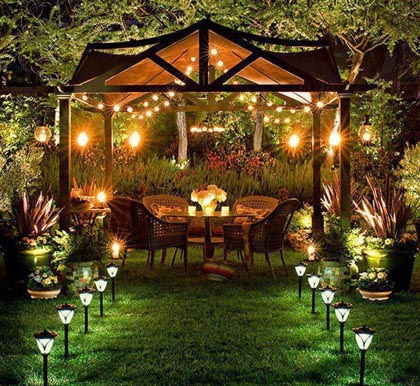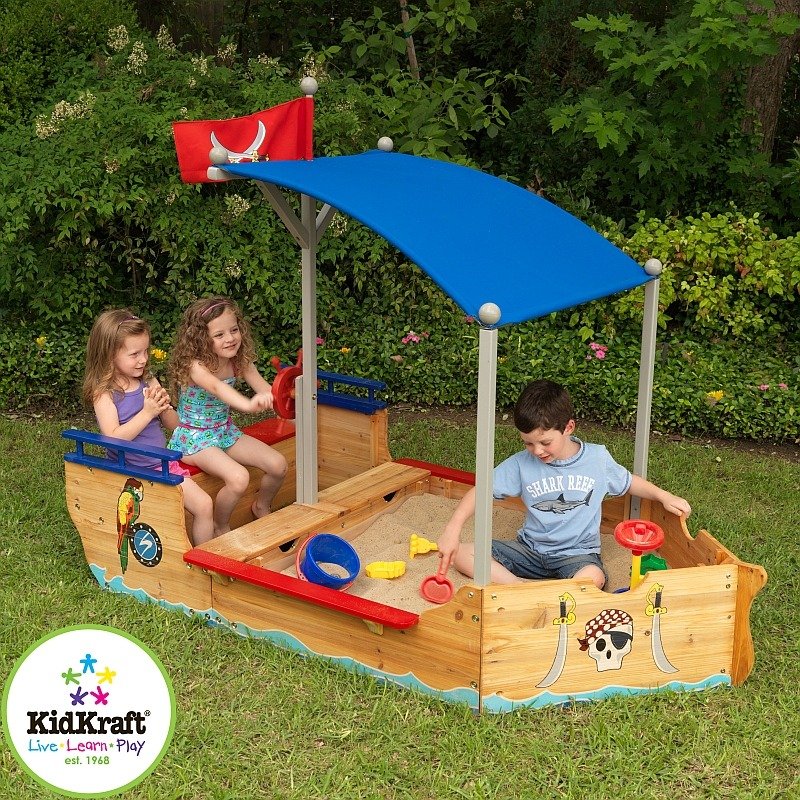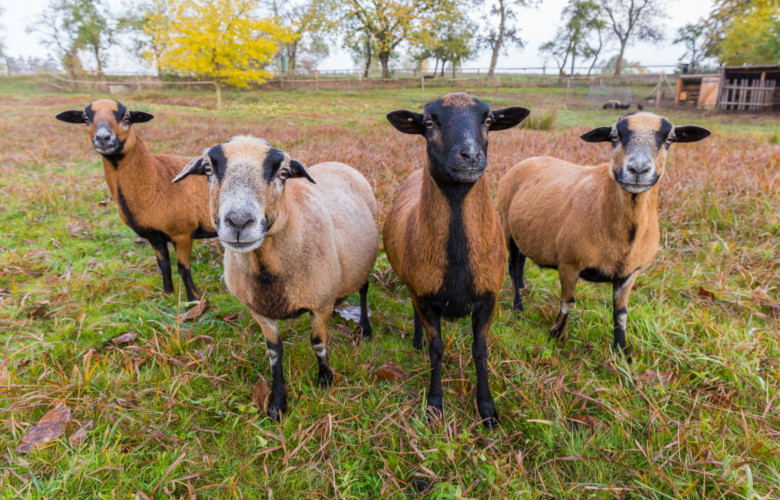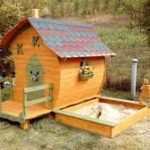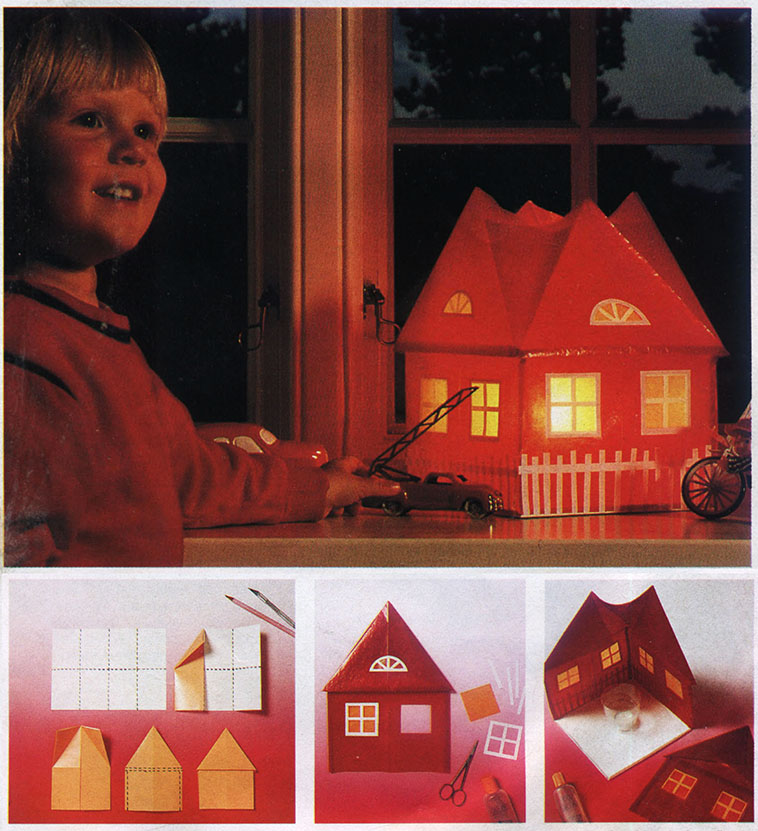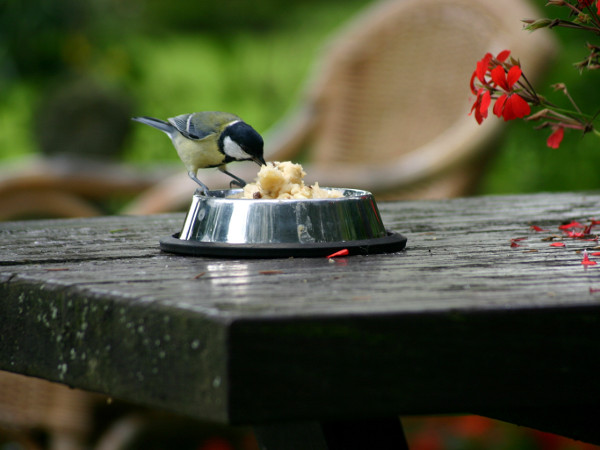 Inne małe zwierzęta w ogrodzie
Inne małe zwierzęta w ogrodzie
Przede wszystkim będzie to jeż, tępiciel szkodliwych larw i ślimaków. Chętnie odwiedza on taki ogród, w którym znajduje warunki do schronienia się. Najbardziej lubi gęste miejsca w żywopłocie, gdzie czuje się pewnie w ciągu dnia, lub bezpieczne miejsce pod podłogą domku letniskowego czy altanki — tam zazwyczaj buduje gniazdo. Aby te pożyteczne zwierzęta zatrzymać w ogrodzie, można je dokarmiać — najlepiej w godzinach wieczornych. Dowodem stałego zadomowienia się tego pożytecznego zwierzęcia będzie widok matki z małymi jeżami. We właściwie pielęgnowanej pryzmie kompostowej można spotkać padalca, który korzysta z wilgoci i ciepła kompostu. Żywi się on głównie ślimakami i różnymi owadami. W zbyt suchym i gorącym kompoście rozwija się szkodliwy turkuć podjadek. Do pożądanych mieszkańców ogrodu zalicza się także jaszczurki, które lubią ciepłe i suche miejsca, a szczególnie ściany i kamienie silnie nagrzane przez słońce. Są one niestrudzonymi tępicielami szkodliwych owadów.
W ogrodzie nie powinno zabraknąć ropuch. Należą do najlepszych tępicieli ślimaków, ale trzeba stworzyć im na działce odpowiednie warunki. Ropuchy najczęściej przebywają w miejscach wilgotnych, choć lubią także nasłonecznione, a unikają kamienistych i zbyt suchych terenów. Często można je spotkać na grządkach z fasolą szparagową. Do rozmnażania potrzebują naturalnych zbiorników wodnych. Pozostawione pod żywopłotami i krzewami liście stanowią schronienie i pokarm na zimę dla wielu pożytecznych zwierząt. Jeżeli w ogrodzie są krzewy leszczyny, to w sierpniu chętnie odwiedzają je wiewiórki, które sprawiają wiele radości dzieciom.
Zadaniem ogrodnika jest także chronienie i otaczanie opieką pożytecznych owadów. Ich działalność ma decydujący wpływ na stan zdrowia ogrodu, a zwłaszcza sadu. Będzie o tym jeszcze mowa w rozdziale poświęconym integrowanej ochronie roślin. Tu podamy tylko dwa przykłady. Biedronki zarówno w stadium larwalnym, jak i dorosłego owada niszczą mnóstwo mszyc. Jeśli w ogrodzie jest dużo biedronek nie trzeba opryskiwać roślin trującymi insektycydami przeciw mszycom. Jeszcze większym zagrożeniem dla mszyc są larwy złotooka (Chrysopa carnea). Jedna larwa niszczy w ciągu swojego dwutygodniowego rozwoju 200—300 mszyc, a w ciągu godziny 30—50 przędziorków. Jest to wystarczający powód, aby te pożyteczne owady skutecznie chronić i pamiętać o nich podczas pracy w ogrodzie.


